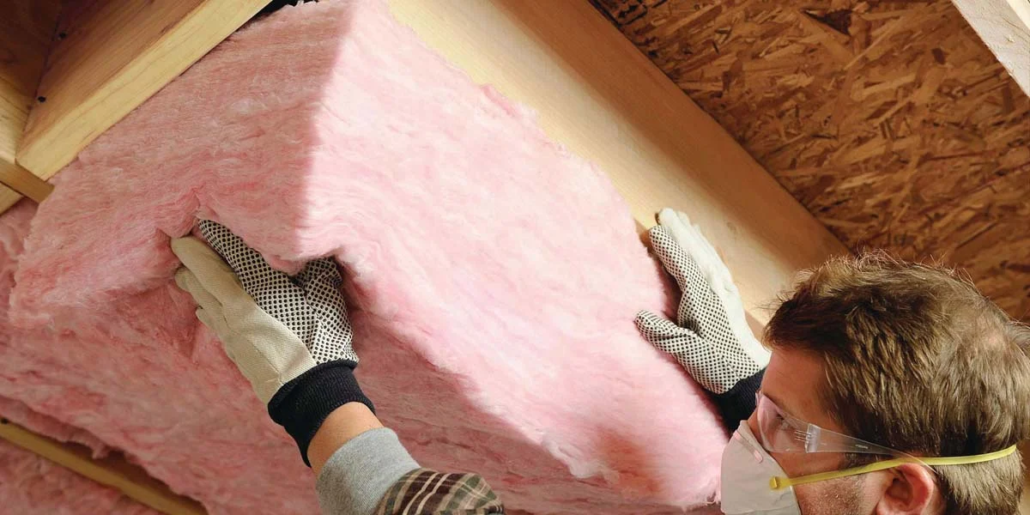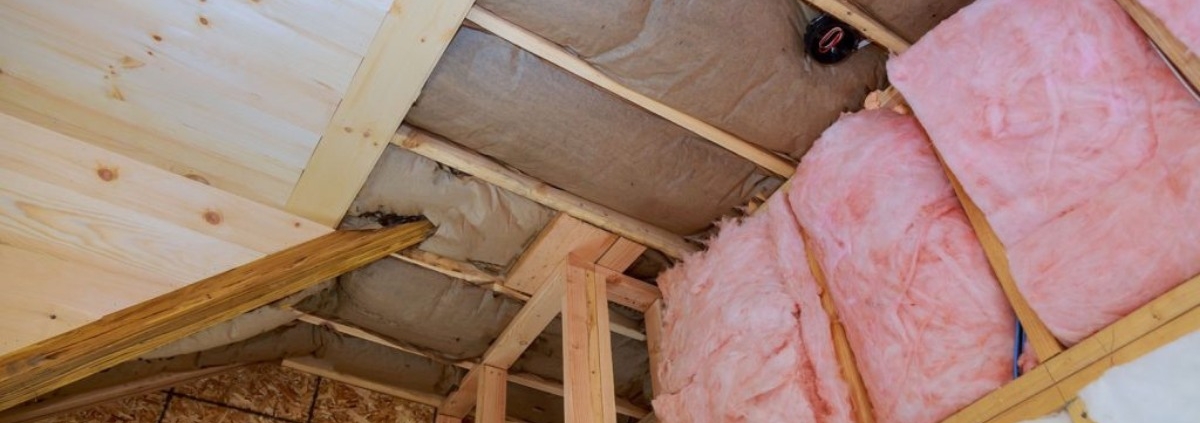The Right Way to Install Fiberglass Batt Insulation for Maximum Efficiency
If you’ve ever tried to keep a building warm in winter or cool in summer without proper insulation, you’ve probably felt like you were just throwing money out the window—literally. Poorly installed insulation is like wearing a winter coat with all the buttons undone: it looks right, but it doesn’t work. Proper fiberglass batt insulation service can be an excellent choice, but it only performs as promised when installed the right way.
The truth is, insulation failures are rarely about the material itself. The problem usually lies in rushed or sloppy installation—gaps, compression, misalignment—things that seem small but destroy efficiency. If you want those batts to work at full capacity, it’s time to get methodical.
Preparing for Installation the Right Way
Getting fiberglass batt insulation into place starts before you even pick up a roll. The prep stage determines how smooth the job will go and how well the insulation performs later.
Check the Space and Measure Accurately
Every inch matters. Fiberglass batts are designed to fit snugly between studs, joists, or rafters. Measure each cavity so you know whether you’re working with standard batts or need to trim for a precise fit.
Clear Obstructions Before You Start
Pipes, wiring, or leftover debris can create air gaps. Remove obstacles or work insulation around them without crushing the fibers. Flattened fiberglass loses its insulating value quickly.
Fun fact: Fiberglass insulation works by trapping air in tiny pockets. Compress it too much, and you’re basically just putting a blanket in the wall.
Correct Placement for Maximum R-Value
Once the space is ready, the way batts are positioned will make or break efficiency. Poor placement can slash the insulation’s R-value—its ability to resist heat flow—by up to 30%.
Facing the Right Direction
If your batts have a kraft paper or foil facing, that side should point toward the warm side of the building in winter. This acts as a vapor retarder and helps control moisture.
Avoid Gaps and Overlaps
Each batt should completely fill the cavity without gaps, folds, or doubling over. Even a small uncovered section can act like a thermal leak.
| Mistake in Placement | Effect on Efficiency | Fix |
|---|---|---|
| Gaps at stud edges | Heat and air leaks | Cut to fit snugly |
| Overlapping batts | Creates uneven surfaces | Trim excess before installing |
| Facing the wrong way | Traps moisture and reduces comfort | Reinstall with correct orientation |

Cutting and Fitting Fiberglass Batts
Fiberglass doesn’t stretch, so trimming it to size is essential for a tight fit.
Use the Right Cutting Tools
A utility knife works well, but use a long, sharp blade and a straightedge to keep cuts clean. Ragged edges are harder to fit and seal.
Handle with Care to Maintain Loft
Loft—the thickness of the batt—is what traps air. Handle gently and avoid squashing the fibers.
Fun fact: A 5% reduction in insulation loft can reduce its performance by nearly the same percentage.
Dealing with Irregular Spaces
Not every cavity is perfect. Joists and studs may be uneven, and older buildings often have odd-sized gaps.
Splitting Batts Around Obstacles
For pipes or electrical lines, split the batt so half the thickness goes behind and half in front, maintaining a continuous layer.
Filling Narrow Gaps
Cut thin strips from leftover batts to fill small spaces. Avoid stuffing material tightly—this crushes the fibers and lowers efficiency.
Securing Insulation in Place
Once batts are fitted, they need to stay that way. Shifting over time can create cold spots and air leaks.
Stapling the Flanges
If using faced batts, staple the paper flanges to the sides of studs (not the front) for a flush fit. Unfaced batts can be held in place temporarily with insulation supports until drywall is installed.
Minimizing Movement
Avoid leaving batts loose. Even small shifts can break the continuous barrier needed for energy efficiency.
Safety Considerations During Installation
Working with fiberglass means dealing with tiny glass fibers that can irritate skin, eyes, and lungs.
Protective Gear
Wear gloves, safety glasses, and a dust mask. Long sleeves can help prevent itching and irritation.
Ventilation
Keep the area ventilated while working to limit airborne particles.

Common Question
Does compressing fiberglass batts improve the fit?
No. Compression lowers the R-value by reducing air pockets inside the insulation. A snug, uncompressed fit is always better for efficiency.
Conclusion
Installing fiberglass batt insulation isn’t complicated, but it demands attention to detail. Precision in measuring, cutting, and placing the batts ensures every inch of the wall, attic, or floor cavity is properly covered. Gaps, overlaps, or compression will undo much of the material’s potential to keep your space comfortable and energy bills low.
Fiberglass batts have a long life span and consistent performance when installed correctly. A clean, snug fit without voids, proper orientation of faced batts, and care in handling all work together to maximize R-value. The end result is a building that holds temperature better, wastes less energy, and keeps heating and cooling systems from working overtime.
Visit us: https://allfoamandinsulation.com/?utm_source=backlink
FAQs
How do you keep fiberglass batts from sagging in walls?
Staple the flanges to the sides of studs or use insulation supports to hold them in place until the wall covering is installed.
Can fiberglass batt insulation be reused?
Yes, if it’s clean, dry, and retains its loft. Damaged or compressed batts should be replaced for full efficiency.
Should batts be cut wider than the space?
A small width increase—about ½ inch—ensures a snug fit without compressing the material.
Is faced insulation better than unfaced?
Faced batts are useful where a vapor retarder is needed, while unfaced batts are better in multi-layer applications or where moisture control is handled elsewhere.
Can fiberglass batts be installed in ceilings?
Yes, but gravity makes secure fastening essential. Insulation supports or mesh can help hold batts in place overhead.
Reviewer: Lily Johnson offered her feedback after reviewing this post. With 8 years in the spray foam insulation field, her suggestions centered around improving outreach to homeowners looking for quality insulation solutions.




Leave a Reply
Want to join the discussion?Feel free to contribute!